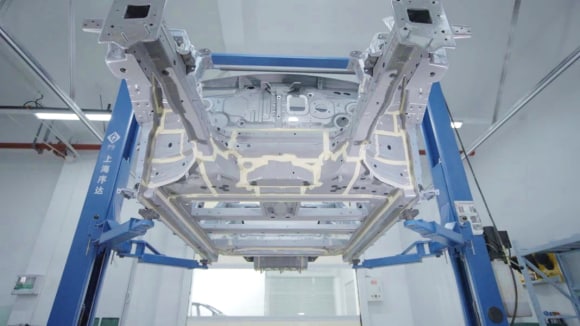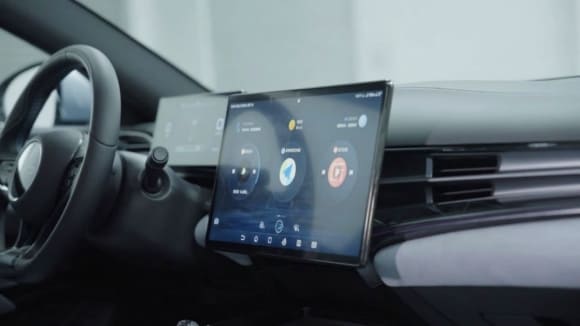Technology, Consumer Discretionary
Will Chinese electric vehicles (EVs) win globally?
UBS Research analysts recently tore down BYD Seal, the latest-gen model from China’s number one carmaker. We share insights into BYD’s tech and cost leadership below



